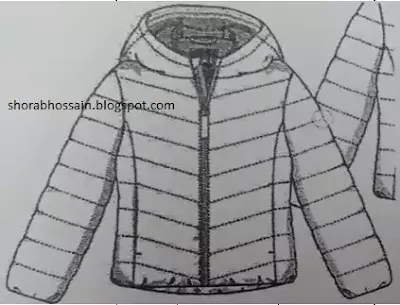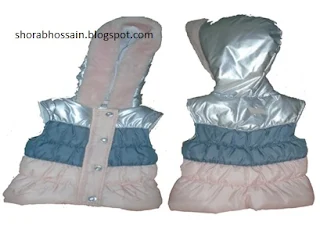
SOP for Daily Issuing Preparation in Industrial Engineering
Introduction:
In industrial engineering, effective management of materials and timely issuance are vital for seamless production operations. The Standard Operating Procedure (SOP) for Daily Issuing Preparation ensures that raw materials, fabric, trims, and accessories are prepared and issued accurately according to the production plan, minimizing delays and reducing wastage.
This SOP is maintained by the Store In-charge and reports directly to the Director, CEO, or General Manager, establishing a standardized process for daily material handling.
Purpose of the SOP for Daily Issuing Preparation
The primary objectives of this SOP are:
Ensure readiness of materials for the next day’s production based on the approved production plan.
Ensure timely material distribution to maintain a seamless and continuous production flow.
Control errors and wastage through systematic preparation and documentation.
Facilitate smooth production flow by maintaining proper inventory and timely material availability.
Scope of the SOP
This procedure covers:
Preparation of fabric, trims, accessories, and other raw materials as per the daily production plan.
Documentation and verification processes for issuing materials.
Coordination between the planning department and stores for accurate material dispatch.
Responsibilities
Stores In-Charge: Responsible for preparing daily issuing packages and maintaining proper documentation.
Planning Department: Provides updated production plans and revisions.
Department Heads: Approve requisitions and ensure accurate requirements.
Step-by-Step Procedure for Daily Issuing Preparation
Receive Production Plan:
The Planning Department sends the latest production plan, including revision numbers if applicable, to the Stores Department.
Prepare Issuing Packages:
Based on the production plan, the Stores In-charge prepares daily issuing packages, detailing the required materials for each section.
Section-wise Requirement Analysis:
Consider the specific requirements of each department or section, aligning with the production schedule.
Material Preparation:
Gather the required fabric, trims, accessories, and other raw materials, ensuring quantities match the requisitions.
Documentation & Verification:
Ensure accurate and verified Stores Requisition Notes (SRNs) and Goods Issue Notes (GINs) are submitted for every department.
Material Issue:
Issue materials against the approved requisitions, obtaining signatures from authorized personnel to confirm receipt.
Benefits of Implementing this SOP
Ensures a smooth production process with timely availability of materials.
Reduces material wastage by controlling excess usage.
Enhances inventory accuracy and accountability.
Supports efficient planning and resource allocation for daily operations.
Related Materials and Documents
SOP for Goods Issuing Procedure, GIN & Stores Requisition (SRN)
Purpose:
To standardize the process of requesting and issuing materials from stores, ensuring proper authorization and documentation. All materials requisitions and issues are to be managed systematically to prevent discrepancies.
Scope:
This SOP applies to all departments requesting raw materials, trims, or accessories from the stores.
Responsibilities:
Procedure:
Distribute materials via the Stores department by generating a Goods Issue Document (GIN).
Departments prepare a Stores Requisition Note (SRN), submit it for approval, and specify the required materials.
Requisitions follow the bundle guide and issuing plan, especially in the cutting department.
Stores prepare the GIN after verifying requisitions, and materials are issued upon receiving signatures from authorized personnel.
Benefits:
Material issuance aligns with the production plan, preventing overuse or wastage.
Maintains accurate records of all material transactions.
Facilitates inventory control and reduces material loss.
Thank you for reading! If you found this article helpful, please share it with your colleagues and industry peers. Your support motivates us to create more insightful content on industrial engineering processes.
Related SOPs You Might Find Useful:
- SOP for Trim Card Preparation and Approval.
- SOP of Style Material status for Apparel Stores.
- SOP of Approved Fabric Standard.
- SOP of Style reconciliation.
- SOP of Inventory item In & Out.
- SOP of Stores Link with Accounts.
- SOP for Leftover Records.
- SOP for Bin Cards.
- SOP for Ledger in the garments.
- SOP for Goods Transferring Procedure.
- SOP for Fabric Segregation Records.
- SOP for Purchase Order in the apparels.
- SOP for Garments Stores.
- Department Standard Process Flow Chart.
Tags: #ApparelManufacturing #SOP #FabricTrimCard #QualityControl #GarmentProduction
#MerchandisingProcess #BOM #TrimsAndFabrics






